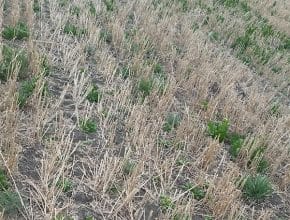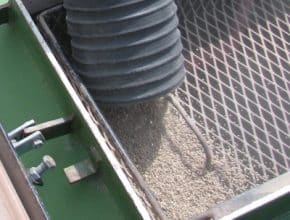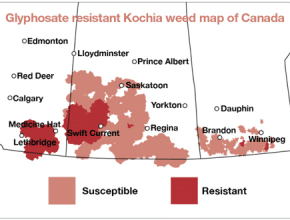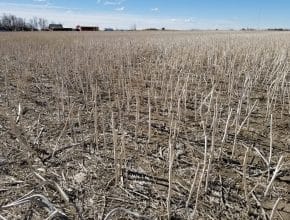Home / Canola Watch / Page 84
-
Three topics: Seed first or spray weeds?; Spraying weeds in cool conditions; Tank mix options for pre-seed burnoff…
-
Two key topics: How much fertilizer does canola need? and Why limit seed-placed fertilizer?…
-
The Canola Council of Canada, on behalf of growers and the entire canola value chain, is working closely with the Government of Canada to resolve challenges facing canola seed exports……
-
Is your weeds management knowledge in 2019 mode? Give yourself a little test with these four questions…
-
Tank mix options for glyphosate ahead of canola are bromoxynil, Aim/CleanStart (carfentrazone), clomazone, Conquer (bromoxynil and carfentrazone) and quinclorac. Tank mixing can prevent herbicide resistance…
-
Here are tips to prevent the development and spread of glyphosate-resistant kochia (as shown in the map) and other herbicide-resistant weeds…
-
Canola has posted three podcasts over the past month. Here they are…
-
1. Prep for good seed placement. 2. Use the canola calculator to set seeding rates. 3. Know the risk of seed-placed fertilizer...and more…
-
The Canola Council of Canada (CCC) has released a new seed cost feature for canolacalculator.ca to help canola growers set seeding rates that balance agronomy and economics…





